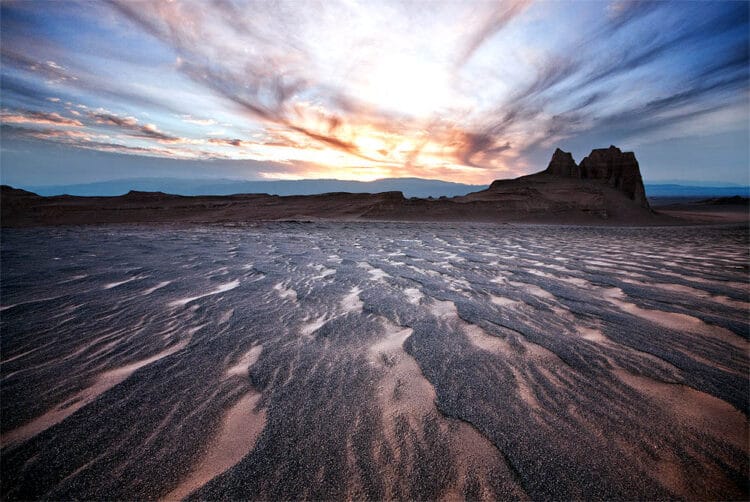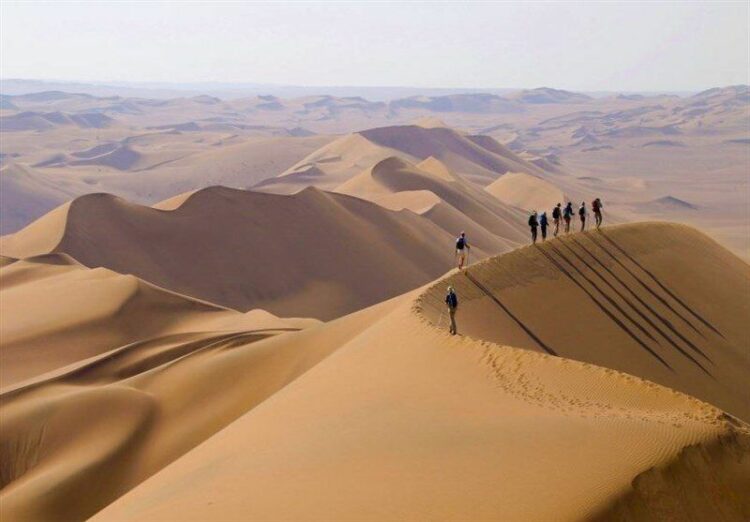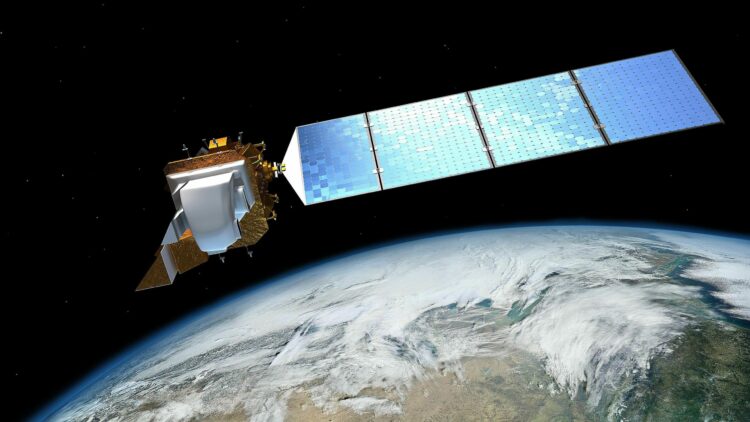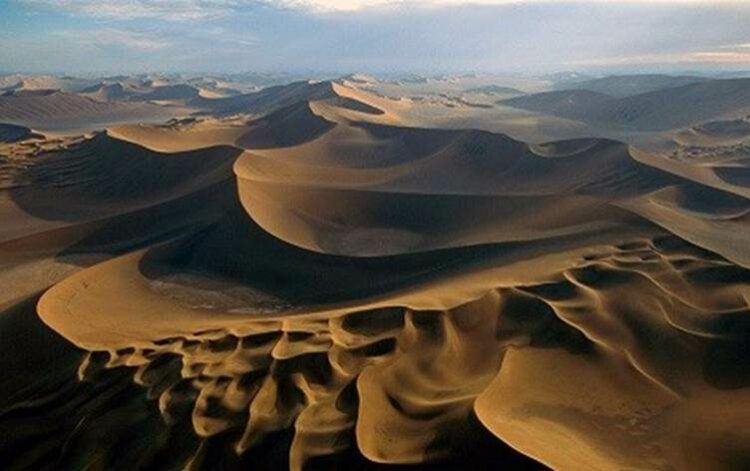
Although it is now easier to determine the hottest place in the world with the increasing technological possibilities, it is still very difficult to go to the deserts where it is difficult to reach, to collect continuous measurement data and analyze this data skillfully. With all these possibilities, the highest temperature we can measure belongs to a hellish desert of 70.7°.
Old Hell: Hot But Not The Hottest

Increasing data collection paths with the advancement of technology have paved the way for us to see historical temperature values and to verify these data with precise estimates. Research so far has identified the ‘hottest place in the world’ as the city of El Aziziye in Libya.
The city of El Aziziye did not easily break this record. El Aziziye is a city adjacent to the Sahara Desert. Therefore, the extremely dry and hot air blowing over the desert reached the city with the influence of the south winds, and a meteorological station in the city measured a temperature of exactly 58 degrees Celsius. This record, hitherto known as the hottest place in the world, has been held by the city since September 13, 1922.
In this record, which people could not stand easily and caused deaths, such as 58 degrees Celsius, it was actually added to another record taken from another city. Furnace Creek weather station in Death Valley, USA, set the previous record as 56.66 degrees Celsius on July 10, 1913.
New Hell: 70.7 Degrees Lut Desert

Even if the temperatures make us sweat from where we sit, neither Death Valley nor El Aziziye actually hold this record. The real owner of this record with 70.7° is the Lut Desert in Iran. The one who corrected this mistake, which we know to be true until now, is a team at the University of Montana, USA, who devoted themselves to this research. The team used historical data recorded by the US Geological Survey’s Landsat 7 and made a mapping. According to this mapping, it turned out that the hottest place in the world is the Lut desert.
“Many of the places that call themselves “the hottest place on earth” aren’t even serious competitors,” Steven Running, a member of the team that shared the research’s data with the world, told NASA.
Hottest Place on Earth: Record Temperature for Five Years in a Row

The research revealed that the Lut Desert was the hottest place in the world not only for one day, but for 5 years in a row. According to the results, the Dead Sea also has the highest surface temperature in 2004, 2006, 2007 and 2009.
How Is The Hottest Place In The World Determined?

Local weather stations and up-to-date data were used to determine the hottest place in the world so far. With the increasing use of satellites and access to old recorded data, the way for accessing these data has been paved by the researchers.
In this discovery, which was revealed by using the data of the Landsat 7 satellite, it was revealed how important it is to use the satellites in this type of research. As it is known, establishing a research station in every city or opening meteorology stations that can only scan a limited area provides access to limited data in this area. On the other hand, since satellites can scan every part of the Earth from a bird’s eye view, researchers only have to analyze this data.
When evaluating this data, the researchers make use of the “black skin health” data taken into account by the satellites. This is data that tells researchers how much a particular piece of land is warming from the sun, the atmosphere, and other heat sources. Against “black skin health”, which gives a more accurate estimate, meteorological stations take the temperatures they measure from a few meters above the ground.
Terms and Technology

From now on, we won’t know where the hottest place on Earth is. The natural events that we experience, especially with climate change or temperature increases related to it, have recently become quite unstable. The continuing increase in the use of greenhouse gases, the destruction of vegetation and the melting of the poles are just a sign that these temperatures, which we call record, will rise to even higher levels.
However, although these records will be replaced by new records, the evaluation conditions will always remain the same. As we saw in the elementary school life science lesson, dark, dry and mountainous terrains are very good at absorbing heat. Therefore, cold and white places such as the poles experience less heating problems as they are better at reflecting heat. Researchers pay attention to these criteria when scanning the earth’s surface with the Landsat 7 satellite.
Landsat 7, which determines the Lut Desert as the hottest place in the world, has determined the hottest places as the darkest places in its infrared scans. If you’re going to be a heat seeker, now you know where to look for warmth.
This post is also available in: Türkçe Français Español Deutsch





Yorumlar (0) Add Comment